Articles found in: Africa
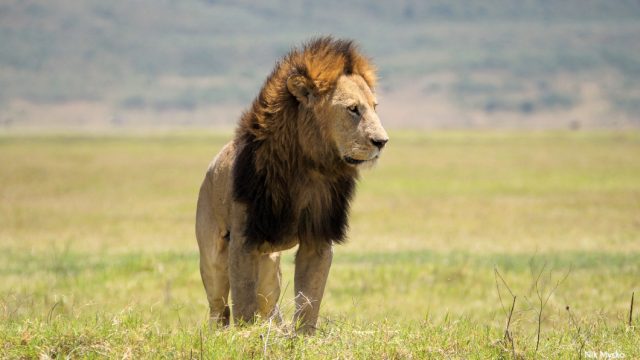
10 Amazing Lion Facts
Published on May 7, 2024
10 Amazing Lion Facts By: Lion World Travel Nothing represents the essence of Africa more than the symbol of the lion. Lions are one of Africa’s most recognizable animals in the wilderness. Lions signify courage, strength, and power. Spending up to 20 hours a day sleeping or resting, they are the laziest of the big […]
Keep reading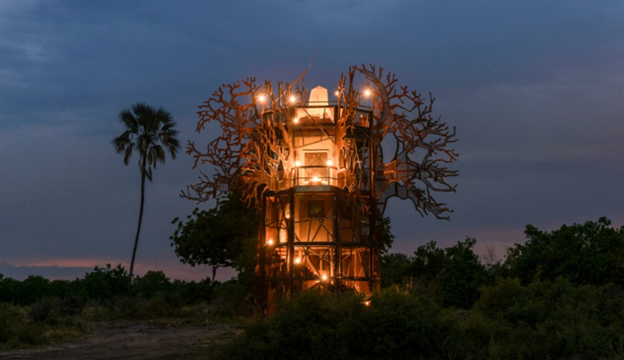
THE BIG FIVE SAFARI MYTHS
Published on February 26, 2024
THE BIG FIVE SAFARI MYTHS By: Team of African Travel Inc. Embarking on an African safari is a dream for many travelers, but there are common misconceptions that can overshadow the true essence of this magnificent continent. African safaris are captivating, memorable, and meaningful. One thing they’re not: predictable. Travelers can witness the Great Migration in […]
Keep reading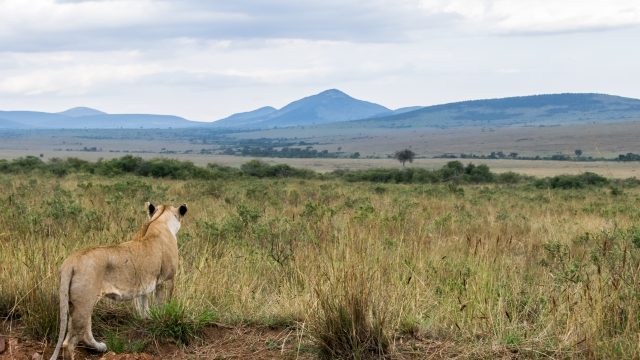
10 Surprises from African Safaris
Published on August 11, 2023
10 Surprises from African Safaris By Overseas Adventure Travel (O.A.T.) An African safari is a lifetime dream for many travelers drawn to the wildlife, game drives, and endless vistas. Overseas Adventure Travel presents the safari experience through the eyes and lenses of two Overseas Adventure Travel (O.A.T.) travelers, Barbara Robert and Petra Graves. Their photos […]
Keep reading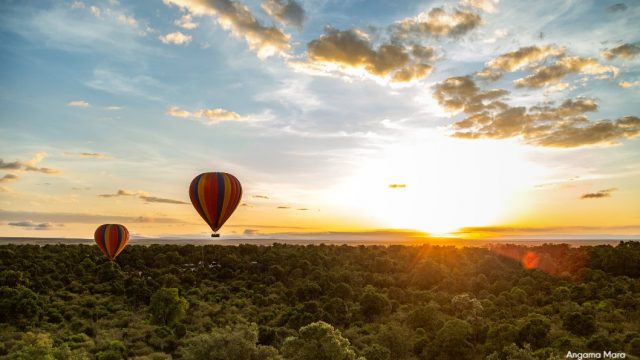
Dreamy African Honeymoons with Allure, Passion, Enchantment, Love and Intrigue
Published on June 23, 2022
Dreamy African Honeymoons with Allure, Passion, Enchantment, Love, and Intrigue By: Lion World Travel Africa is celebrated for its outstanding natural beauty and stunning destinations. It also delivers energy, passion, and splendor. The options are endless when it comes to your dream honeymoon in Africa. A mix of adventure and charm, beach time or active […]
Keep reading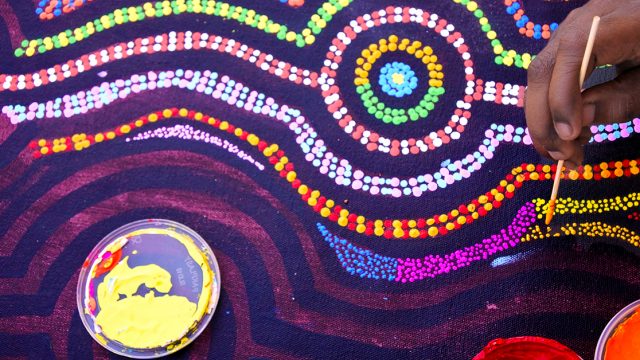
Ten Countries for Crafts with a Cause
Published on October 27, 2021
Ten Countries for Crafts with a Cause By Overseas Adventure Travel In survey after survey, up to 76% of consumers say that they’d rather spend their money on experiences than things. They further cite “meaning,” “inspiration,” “fun,” and “learning” as outcomes they seek. Travelers can count on all of the above on one of Overseas […]
Keep readingBest Wildlife Experiences with African Travel, Inc. That Go Beyond Your Big Five Bucket List
Published on June 23, 2021
Best Wildlife Experiences with African Travel, Inc. That Go Beyond Your Big Five Bucket List By Chelsea Todaro of African Travel Wildlife in Africa is so vast and plentiful, it’s sometimes hard to choose where you can find the best animal encounters. Whether it’s the big five, exotic birds, desert roamers, or aquatic life you’re searching for, an African safari will […]
Keep readingWhy the Green Season is Great in Africa
Published on April 28, 2021
Why the Green Season is Great in Africa By Lion World Travel We are letting you in on a safari secret – the Green Season! If you have no idea what the Green Season is, that is ok, Lion World Travel will fill you in. Suffice to say, if you have been wanting to get the best value […]
Keep reading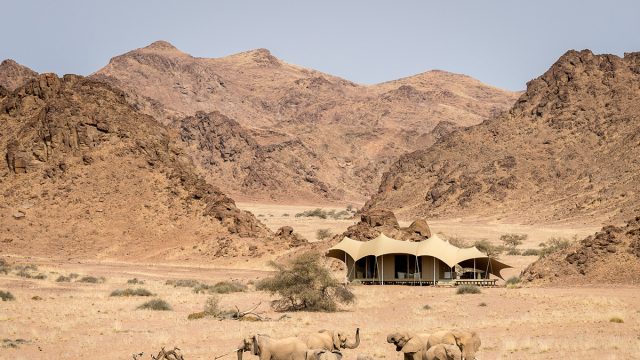
Sustainable Luxury Travel in Africa
Published on May 22, 2020
Sustainable Luxury Travel in Africa By Sara Verk, Lion World Travel Traveling is more than just visiting new places. It’s about the enriching experiences when we explore and learn about the history, culture and people of the places that we visit. We need to be aware of our environment, be ecologically responsible, travel lightly and […]
Keep reading
Where I Fell in Love with Travel
Published on June 28, 2019
The moments that turned us into lifelong explorers. By Tyler Protano-Goodwin, Marketing Executive at Audley Travel In the world of travel we talk a lot about our favorite countries, but what about the places we first fell in love with? The place that changed our idea of travel forever. Where did you realize that […]
Keep reading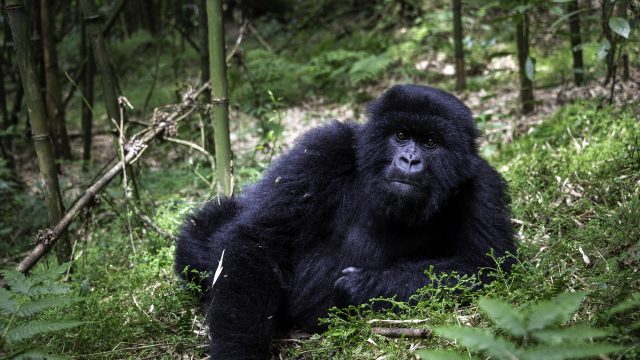
Meet the Primates: The Gorillas of Rwanda
Published on May 8, 2019
By Jennifer Eremeeva Jennifer Eremeeva was Alexander+Roberts manager of services in Russia for many years. An accomplished traveler, Jennifer writes about her adventures around the world frequently and recently published Lenin Lives Next Door, a witty depiction of life as an expat in Moscow. It is telling an overwhelming number of travelers report that […]
Keep reading
